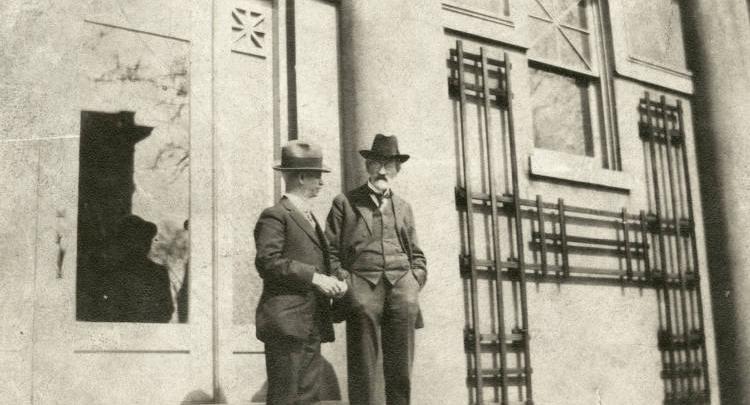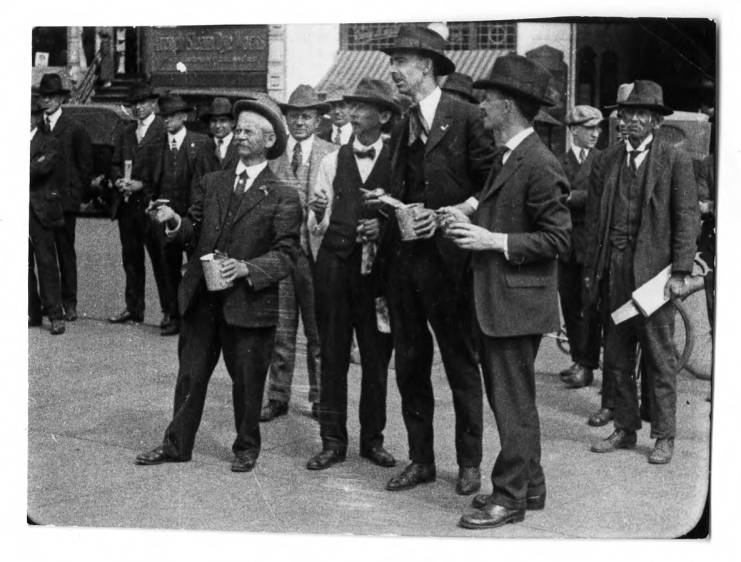Artists , , , , and became known as members of the Hoosier Group after participating in a holiday art exhibition, “Five Hoosier Painters,” sponsored by the Central Art Association in Chicago during December 1894. Chicago writers applauded the vitality and freshness of approach shown by this group of Indiana artists, heralding their work as a distinctly American vision from the country’s heartland. Despite such collective praise, the five men never associated formally as a group. Although their paths often crossed, each artist maintained his individual painting style.

The Hoosier Group held a common interest in interpreting the Indiana landscape. Images of the Brown County hills spilled from Steele’s canvases, as did his earlier scenes of turn-of-the-century Indianapolis. Adams was intrigued by the sparkling waters of the Whitewater River near Brookville, and Forsyth explored the scenery around Pleasant Run Creek near his home in . Stark delighted in using the neighborhood children as models for his out-of-doors work in , and Gruelle gravitated toward water in his compositions, finding inspiration in the Indianapolis canal for his pastoral landscapes. Even though the five never exhibited together again as a group, the Hoosier Group artists have become synonymous with early-20th-century Indiana landscape painting. Art historians have established that they developed their own variant of Impressionism during that period.


Help improve this entry
Contribute information, offer corrections, suggest images.
You can also recommend new entries related to this topic.